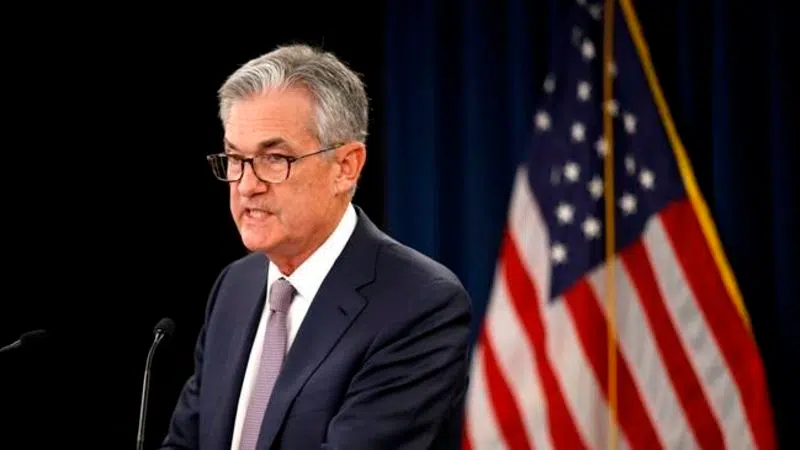
A divided Fed reduces rates but may not cut again this year
WASHINGTON — A sharply divided Federal Reserve cut its benchmark interest rate Wednesday for a second time this year but declined to signal that further rate cuts are likely this year.
The Fed’s move reduced its key short-term rate — which influences many consumer and business loans — by an additional quarter-point to a range of 1.75% to 2%.
The action was approved 7-3, with two officials preferring to keep rates unchanged and one arguing for a bigger half-point cut. The divisions on the policy committee underscored the challenges for Chairman Jerome Powell in guiding the Fed at a time of high economic uncertainty.
The Fed did leave the door open to additional rate cuts — if, as Powell suggested at a news conference, the economy weakens. For now, he suggested, the economic expansion appears durable in its 11th year, with a still-solid job market and steady consumer spending.


